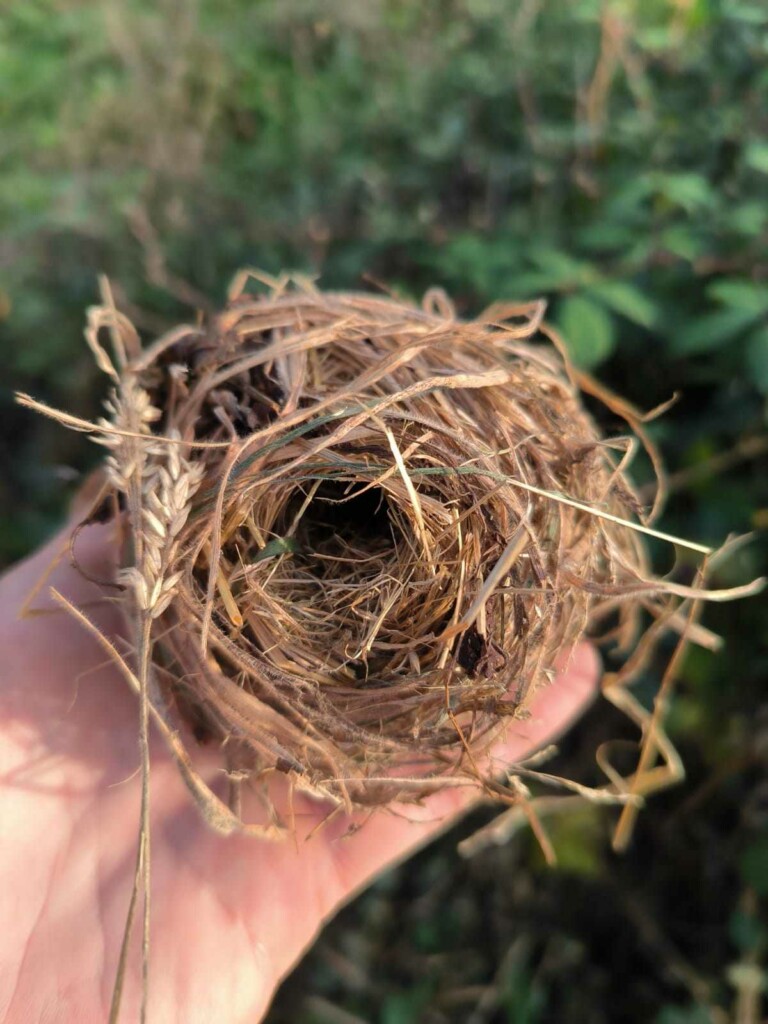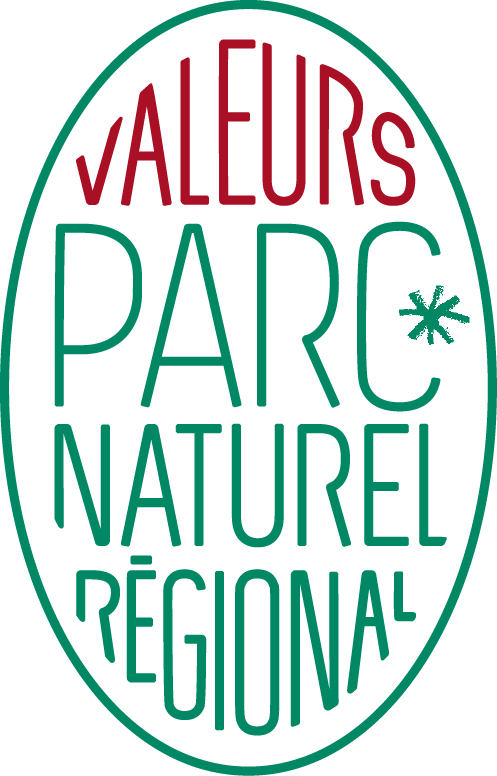So where were we? Oh yes, I recall i was going to rewild and that would be that. As ever , though, the devil is in the detail. As mentioned we have donkeys, horses and a mule that can do a good job at eating grass. In fact one of the UK`s suppliers of wildflower seeds rotationally grazes shire horses on his land as they preferentially eat grass and leave the flowers. Their hooves will also break the turf and press flower seed into it too which is a useful process. What I don’t have are the other creatures mentioned in the previous blog nor any elephants……elephants? I hear you ask. Yes, but more of them later.
The problem these days is not teenagers (for once) but rather shifting baseline syndrome. This is the gradual generational loss of knowledge over generations of what nature was like before in terms of abundance and diversity. In Mark Cocker`s book “Crow Country” I recall he references the practice of netting such quantities of fish from the River Yare in Norfolk that they were just strewn on the land as a fertiliser. That`s nuts!
Talking of fish, the figures used to haggle about quotas for North Sea fisheries are based on stocking figures from the late 1970`s. However when you compare that with data from fishing vessels in 1889 it shows that North sea fish stocks have fallen by 94%. All modern talk of “sustainable” north sea fisheries is just bollocks. There was a time that London`s poor dined on Thames estuary oysters. There were millions of these bivalves filtering the grubby Thames tideway. One adult oyster can filter 5 litres (1.3 gallons) per hour which equates to 120 litres per oyster per day. Imagine how clean the north sea would have been before these creatures were wiped out to make a fast buck. In Essex there is now a project to re-establish some oyster beds but only so they can fish them “sustainably”. I try hard never to eat seafood as the oceans are being screwed by factory trawlers at an alarming rate. One retired trawlerman asked to have a look round a narrow boat i was once fortunate enough to own. On seeing a landing net on board he asked if i was a fisherman. “No”, i replied” i use it to scoop up rubbish from the river as i go”. “Oh, you don’t want to worry about that” he patronised, “ It all just gets washed out to sea!” . What a cracking attitude. The whining from fishing concerns that accompanies any attempt to set up MCZ`s (Marine Conservation Zones) is phenomenal. Off the north Norfolk coast there exists Europe`s largest chalk reef which is also home to the famous Cromer crab and lobster fishery. The reef covers 80,000 acres and the Eastern Inshore Fisheries and Conservation authority want to stop all fishing in three 150 x 150 metre sites . You would think , judging by the howls of dismay from fishermen, that they had all been asked to give up their firstborns for sacrifice. Ridiculous. (for a thorough rundown on the state of the seas read/listen to the chapters in George Monbiot’s “Feral” or Chris Packham & Megan McCubbin`s “Back to Nature” (both are on Spotify) or watch Seaspiracy on Netflix.
Anyway back to shifting baseline syndrome. My point is we don’t know what it was like before and that applies equally to the land as it does the sea – it’s just the seas have been pillaged more recently with ever increasing efficiency due to technological advances so it’s easy to illustrate massive declines . On land though it’s different as it has tended to happen at a slower pace. (There are exceptions though such as the attempted eradication of the north American bison to undermine the native Americans and indeed of the passenger pigeon which numbered between 3 & 5 billion until it too was hunted out by settlers. The last bird dying in Cincinnati zoo in 1914 – way to go homo sapiens…) Closer to home in the 1860s in Croatia the weight of massed cockchafers was enough to break branches and in 1911 20 million of these lovely beetles were collected across 18km2 in a program of eradication. The good burghers of Avignon in France decided to issue a decree banning the unwitting insects – oh those crazy French! Still at least that , as a measure, is not as toxic as the modern chemical warfare waged against life on earth by mankind. So what shifting baseline syndrome means is we are looking at a massively depleted natural world that we can’t appreciate because length of experience is so pathetically short in time.
What about those elephants? I hear you cry. Okay , okay here we go. There was a species of elephant that used to roam Europe up until about 28,000 years ago. It was the straight tusked elephant In fact there used to be a lot of European megafauna that are now extinct . There were hippos in the Thames for example. 28,000 years ago might sound like a lot of time but in evolutionary terms its the blink of an eye. Moth fossils have been found that are 190 million years old! By contrast modern humans emerged in Africa only 300,000 years ago and only really started exhibiting behavioral modernity between 160,000-60,000 years ago. The neolithic revolution only really began 13,000 years ago. The rise of homo sapien coincided with the demise of lots of temperate megafauna and to quote from Wikipedia “The extinction of temperate adapted European megafauna has resulted in the severe loss of functional diversity in European ecosystems’ ‘. Hmmmm, that’s massive. So there were lots of big beasts roaming Europe. Big beasts don’t tend to tread lightly – just look at an African elephant pushing over a mature tree. In fact it is now postulated that the ability of some trees to regrow from the base if cut (ie during coppicing or pollarding work) is as a result of evolving with megafauna grazing and wear and tear. Ok, so think about once common cornfield annuals like the poppy, cornflower,corncockle & corn marigold. All used to be common annual arable “weeds” that cannot compete in perennial grassland. If man has only been practising agriculture for a few thousand years round these parts where did those beautiful flowers exist before? Off the back off no research whatsoever I propose that there was actually a lot of what we would consider destructive behaviour by all sizes of fauna that was constantly creating the fleeting habitat that these annual plants could exploit. It sounds a bit Disney but flowers must have grown where these beasts trod!
The notion that everything was covered in lush forest also turns out to be a myth. The early analysts of archaeological pollen records decided that hazel was such a common record that they would just leave it out (just like modern French bat surveys discount pipistrelles as they are so common). Hazel is a pioneer species and will not grow in dense woodland (remember ”trees don`t grow in woods” – see previous blog). However without showing hazel in the record it was assumed that it must have been a closed canopy woodland. In fact, the evidence now points to the existence of a constant state of flux with the most likely biotype being a kind of mosaic of wood pasture, comprising grassy bits, scrubby bits with emergent oak maidens scattered about. So, lots of different microhabitats within a small area. (For the sake of brevity these have to be generalisations. I am a geographer not a scientist just , as some cruelly point out, I am a drummer, not a musician).
Anyway as humans changed the landscape creating fields which were a mono biotype they fortunately created hedges to demarcate these areas that needed to keep wild herbivores out, or domesticated livestock in, (except where dry stone walls proved a popular alternative). Hedges are just linear scrub, so a well laid hedge created brilliant habitat as it mimicked those edgy bits which, in a more natural landscape, were everywhere.
When i first arrived here i thought the Parc Naturel Régional Périgord – Limousin was a pretty good place for nature, but in light of what I have learned from my drive to know more about re-wilding I realise that actually its pretty screwed here too. We benefit from a lack of arable fields with their attendant toxic dousings to combat any piece of nature interfering with the crop, but fewer and fewer of the pastures here are “natural”. Many species rich meadows are ploughed up and re-sown with 2 or 3 species of grass on which cattle will “do better” i.e. reach market weight faster. The invention of barbed wire in 1867 saw the demise of the laid hedge both here and in the uk. The introduction of headage payments in postwar Britain meant farmers were paid a subsidy based on the number of beasts they had, so any notion of sustainable grazing stockage was thrown out of the window in a bid to make a living. Here too, farmers engage in regular “nettoyage” (cleaning) which involves trailing a massive flail mower behind an equally massive tractor. A flail mower consists of a fast spinning roller from which are hinged dozens of steel hammers. The effect of this is to pulverise the top layer of soil and destroy emergent brambles and saplings that would detract from the edible grassy sward but that would have ultimately led to a more biodiverse habitat. The effects on invertebrates must be significant too.
And that , ladies and gentlemen (and all things in between) brings us back to our shifting baseline syndrome. I worried that my efforts to re-wild would be hard pressed to show results as this place is already so much richer than the part of the UK I left behind. I can now see though, how potentially impoverished it is and it gives me new heart going forwards that we can and will be able to make a big difference. However, unlike the Beetles who were “the walrus”, I need to be “the elephant” goo goo g`joob….






